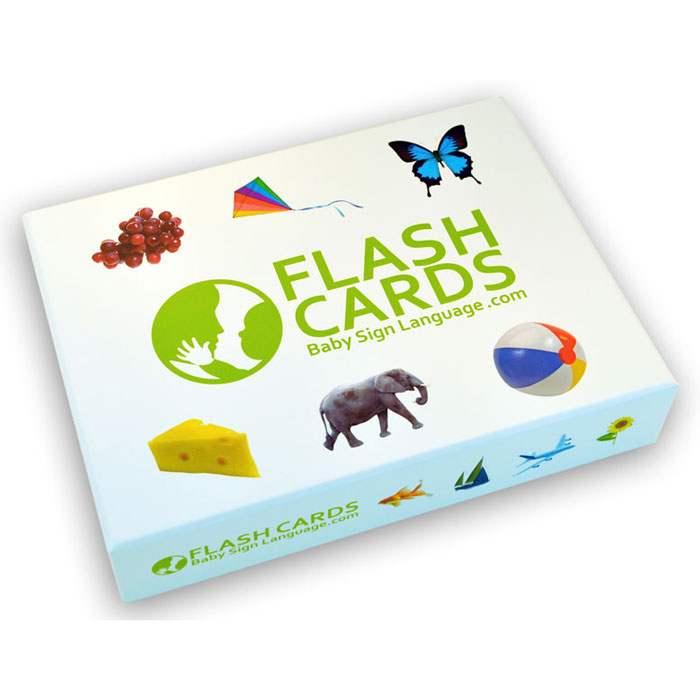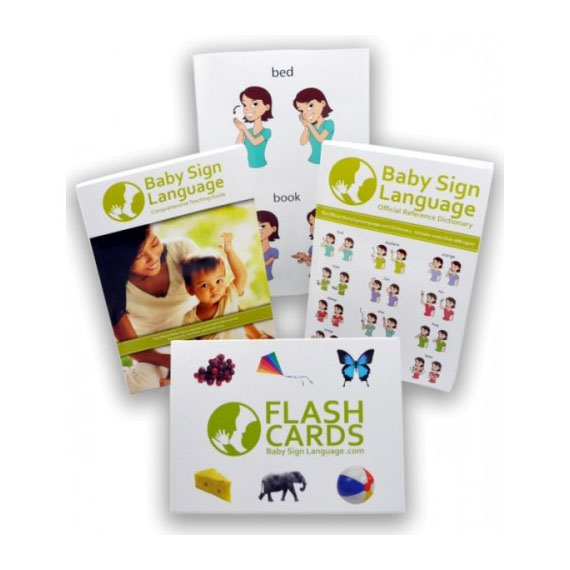See
To sign see, make a 'V' with your dominant hand, and place your index finger under your dominant eye. Point your 'V' hand toward the listener or the object that you “see”.
SIGN USAGE
We use the sign for see to teach our babies to focus on a particular object, action, or person .
RELATED SIGNS
Flash Card
To sign see, make a 'V' with your dominant hand, and place your index finger under your dominant eye. Move your 'V' hand toward the listener or the object that you “see”.
4 Responses to “See”
Leave a Reply
SHOP


Baby Sign Language Premium Kit (Online Video)
Get all four volumes of Baby Signing Time...
Original price was: $170.92.$87.95Current price is: $87.95.
Learn More



















Instead of saying “index,” say “middle finger.” This confused my baby. She is 3 so she thought it was the index finger. I tried to tell her it wasn’t, but she wouldn’t believe me unless I showed her the video. Thank you!!
Hi, Cam. We really meant “index” finger under the dominant eye. The “index” finger is the pointer finger, or the second finger from the thumb. So in our picture, we assume that the “index” or pointer is under the dominant (or right) eye. In any case, we’re glad your daughter now understands the sign. Cheers!
Hi. First of all thank you so much for this very helpful website. I’m so glad I found this. I just wanted to confirm something about this sign. Should it be the middle finger or index finger under the eye? In the video she says it’s the middle finger and that’s what she does. But in the description below the video and in the comment above it says index finger. Just want to make sure I get it right since I’m just starting out. Thanks 🙂
Hi Gemma, We are happy to help in any way we can. 🙂 As for your clarification, yes, the description indicates the index finger under the eye, while the video shows more of the middle finger. If you look at the illustration, it actually looks like the dominant (or right eye) is cradled in the “V” of both the index and the middle finger, right? So, at the end of the day, it matters little, these slight variations. You’ll notice that so many other signs aren’t described exactly the same way as you see them on video. Some signs are even really different (like, “shark” has at least two totally different signs in ASL). So, just knowing the variants of each sign should be helpful along the way. Hope this helps.